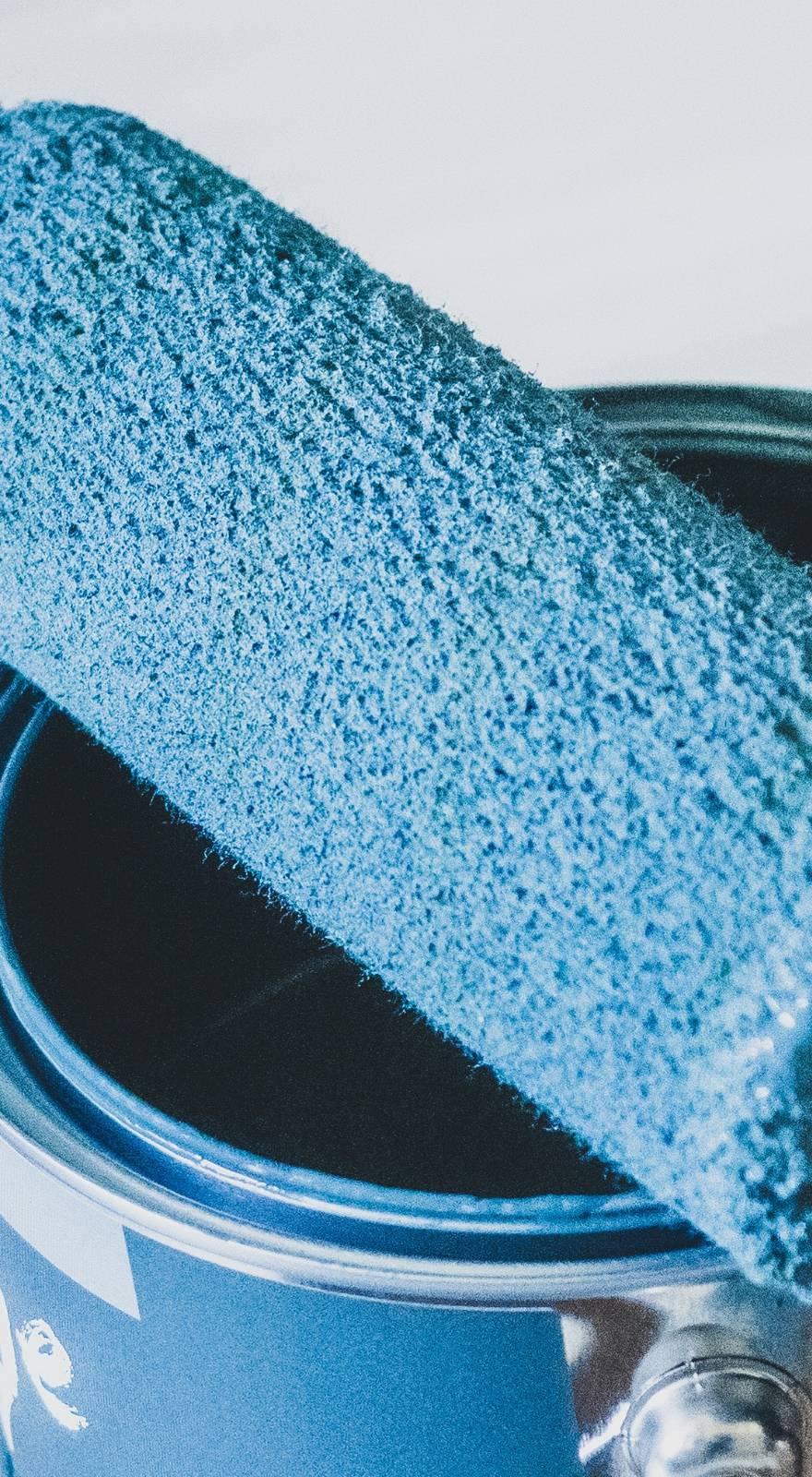Knowde Enhanced TDS
Identification & Functionality
- Technologies
- Product Families
Features & Benefits
Applications & Uses
- Applications
- Compatible Substrates & Surfaces
- Use
As an attractive finish for most interior or exterior surfaces including steel, wood, drywall, weathered or primed galvanizing and masonry. Aquanaut© II Acrylic Enamel offers long-term corrosion protection, mildew resistance, very good gloss and color retention on tanks, towers, bridges, structural steel, pipes and similar structures. May be used direct-to-metal in general to mild industrial environments. Aquanaut© II is compatible over many aged paints (test patch is recommended). For mild to moderately aggressive environments, use Aquanaut© Acrylic Primer and Aquanaut© II Acrylic Enamel as a two or three coat system. Aquanaut will "dry fall" under most conditions (see APPLICATION). Aquanaut© II is compatible with Induramastic 85, Indurazinc MC-67, AC-220 and other Induron mid and low sheen products.
- Limitations
Do not use for immersion service. Not resistant to strong acids or aromatic solvents. Keep from freezing. Do not apply over oily surfaces.
- Surface Preparation
- Steel (Non-immersion) - If the intended use is indoor, enclosed, or a mild environment; prepare steel as per SSPC-SP 2/SSPC-SP 3 Hand and Power Tool Cleaning. For other exposures, clean steel to a SSPCSP 6/NACE 3 Commercial Blast Cleaning.
- Galvanized Steel - Clean as per SSPC-SP 2/SSPC-SP 3 Hand and Power Tool Cleaning and then prime with Induron Vinyl Wash Primer. Previously Painted
- Surfaces - Remove all surface contaminants. Clean rusted areas in accordance with SSPC-SP 2 Hand Tool Cleaning to bare metal. Dull glossy surfaces and feather edges for uniform appearance (test patch is recommended).
- Application
- Airless Spray - Use a .013-.017 tip; 60 mesh filter; 30:1 pump ratio at 1500-2000 psi operating air pressure.
- Conventional Spray - Follow instructions of equipment manufacturer for the application of water borne paints. Attention: Dry overspray can be wiped or washed from most surfaces. Satisfactory dry fall performance depends upon height of work, weather conditions and equipment adjustment. Low temperature and high humidity are of particular concern. Test for each application as follows: Spray from 15 to 25 feet towards paint container. The material then should readily wipe off. Note: Heat can fuse-dry overspray to surfaces. Always clean dry overspray from hot surfaces before fusing occurs. Be aware that exterior surface temperatures can be higher than air temperatures.
- Roll - Use short nap to medium nap synthetic roller cover. Brush—Use synthetic bristle brush. Brush and roll will require multiple coats for uniform hiding and coverage.
Thinning
Not normally required for brush and roller application. Some thinning with water may be necessary (up to 10% by volume) for spray application. Clean with warm water and soap.
Climate
Use this product only if the substrate temperature and ambient air temperature is above 45°F (7°C) and is expected not to decrease for at least two hours after application. Also, the substrate temperature must be 5°F above the dew point for a period of at least two hours after application to avoid condensation occurring on wet paint.
Properties
- Physical Properties
- Typical Properties
- Note
Lower temperature, higher film build, and/or poor ventilation will retard dry time.
| Value | Units | Test Method / Conditions | |
| Volume Solids | 3 - 37 | % | - |
| Solids (by Weight) | 48 - 50 | % | - |
| Weight | 10.2 - 10.6 | lbs/gallon | - |
| Volatile Organic Contents (Unthinned or Thinned 10%) | 1.6 (100) | lbs/gallon (grams/liter) | - |
| Value | Units | Test Method / Conditions | |
| Coverage (Theoretical, at 1.0 mil dry film thickness) | 578.0 | sq. ft/gal | - |
| Dry Film Thickness | 2.0 - 4.0 | mils per coat. | - |
| Wet Film Thickness | 5.5 - 11.0 | mils per coat | - |
| Dry Time to Handle (50°F) | 8.0 | hours | - |
| Dry Time to Recoat (50°F) | 12.0 | hours | - |
| Dry Time to Handle (70°F) | 1.0 | hour | - |
| Dry Time to Handle (90°F) | 20.0 | minutes | - |
| Dry Time to Recoat (70°F) | 6.0 | hours | - |
| Dry Time to Recoat (90°F) | 3.0 | hours | - |

